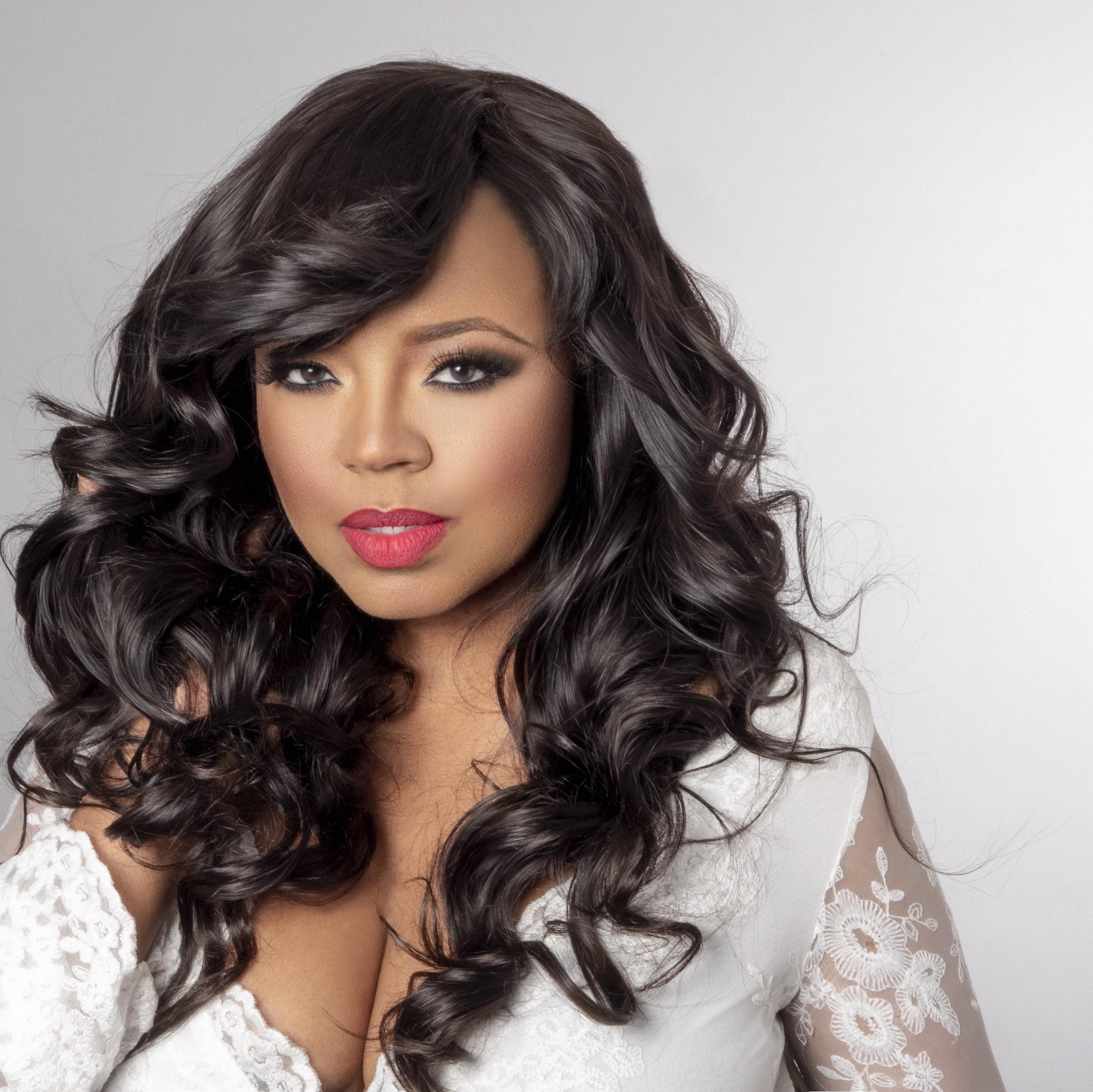‘Thank God I Caught It Early’: Shanice Undergoes a Double Mastectomy

Photo: Shanice Wilson/Facebook
Singer, songwriter, and actress Shanice Wilson took to social media on Sunday to share a courageous and deeply personal update about her health. The 51-year-old star revealed that she underwent a double mastectomy three months ago after doctors found ductal carcinoma in situ (DCIS), an early form of breast cancer, in her left breast. In an emotional Instagram video, Shanice opened up about her diagnosis, treatment, and recovery, encouraging others, particularly Black women, to prioritize their health and get regular screenings.
A Life-Changing Discovery
Shanice candidly explained how fear initially kept her from scheduling regular mammograms and ultrasounds, even though these screenings are critical for early detection. After feeling something unusual in her breast, she finally sought medical advice, leading to the diagnosis of DCIS, a stage 0 form of breast cancer. “This is the hardest thing I’ve ever had to face in my life,” Shanice confessed in her video. “But I know God is with me, and everything is going to go well.”
The Decision to Undergo a Double Mastectomy
Faced with the difficult decision of how to treat her condition, Shanice opted for a double mastectomy. Doctors initially recommended removing only the affected breast, but she chose to have both breasts removed to prevent potential issues in the future. Following the surgery, further testing revealed a one-centimeter tumor, leading to a stage 1 cancer diagnosis.
“They told me they wanted to remove my breast… Since you’re going to remove one, you might as well remove both because I want them to be the same. I don’t want anything popping up later in the other breast,” she said.
A Message of Hope and Gratitude
In her Instagram caption, Shanice expressed immense gratitude for early detection and shared an uplifting message of faith and healing. She thanked God, her medical team, family, friends, and her husband, actor Flex Alexander, for their unwavering support. “Thank God I caught it early. I wasn’t ready to talk about it then, but I’m strong enough to talk about it now. Please everyone, get checked,” she wrote.
Flex Alexander responded to Shanice’s post, praising her strength: “You handled it like a warrior, babe!! I’m glad you’re telling your story now!! You are my hero.”
View this post on Instagram
A post shared by shanice (@shaniceonline)
Breast Cancer in Black Women: Why Early Detection is Crucial
Shanice’s decision to speak out about her experience is particularly significant for Black women, who face unique challenges when it comes to breast cancer.
Higher Mortality Rates for Black Women
Breast cancer affects all women, but Black women in the U.S. have a 40 percent higher mortality rate than white women. This alarming statistic is often linked to factors such as:
Later diagnosis: Black women are more likely to be diagnosed with breast cancer at later stages, when it is more difficult to treat.
More aggressive cancer types: Black women are more likely to develop triple-negative breast cancer, a more aggressive and less responsive form of the disease.
Healthcare disparities: Socioeconomic factors, lack of access to quality healthcare, and racial bias in the medical system can contribute to delayed diagnosis and treatment.
Barriers to Regular Screening
Cultural and socioeconomic barriers can prevent Black women from receiving regular mammograms and check-ups. Fear, as Shanice mentioned, can also be a significant factor. However, her story highlights the importance of facing that fear and being proactive about health.
Photo: Shanice Wilson/Instagram
Tips for Early Detection and Breast Health for Black Women
Early detection is the best way to improve survival rates for breast cancer. Here are some important tips:
1. Get Regular Mammograms:
Women aged 40 and older should have a mammogram every one to two years. If you have a family history of breast cancer, you may need to start earlier.
Speak with your doctor about your specific risk factors.
2. Perform Self-Exams:
Perform monthly breast self-exams to check for lumps, changes in size, or any unusual sensations. Early detection starts with being familiar with your body.
3. Know Your Family History:
A family history of breast or ovarian cancer can increase your risk. Share this information with your healthcare provider, as it may influence the type and frequency of screenings you need.
4. Advocate for Yourself in Medical Settings:
If you notice anything unusual, don’t hesitate to seek medical advice. Be persistent if you feel your concerns aren’t being taken seriously.
Ask questions and demand clear explanations for medical recommendations.
5. Consider Genetic Testing:
If you have a strong family history of breast cancer, you may want to discuss genetic testing for mutations like BRCA1 and BRCA2, which can increase your risk.
6. Adopt a Healthy Lifestyle:
Maintain a healthy weight, exercise regularly, limit alcohol intake, and avoid smoking to reduce your risk of breast cancer.
Welcome to Billionaire Club Co LLC, your gateway to a brand-new social media experience! Sign up today and dive into over 10,000 fresh daily articles and videos curated just for your enjoyment. Enjoy the ad free experience, unlimited content interactions, and get that coveted blue check verification—all for just $1 a month!
Account Frozen
Your account is frozen. You can still view content but cannot interact with it.
Please go to your settings to update your account status.
Open Profile Settings